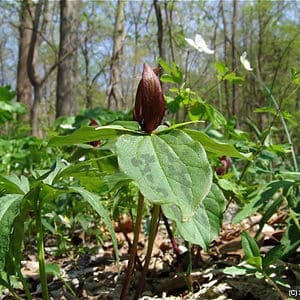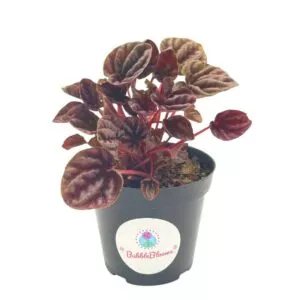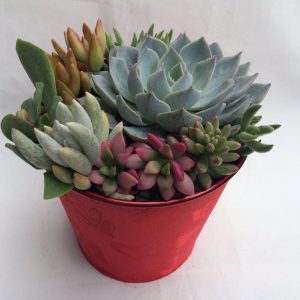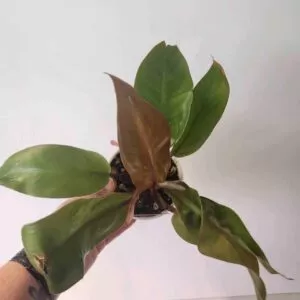No products in the cart.
We all know how fussy a rose bush can be, right? Yes, they are but did you know there is another type of rose you can grow that is not as picky? Yes, you can use the Knock Out roses that helped save the popularity of roses in the 80s.
While many gardeners would say they are easy to grow and low maintenance, we here at Plantly feel that all plants need your divided attention, or they may die. So, to make it easier, we will say they have little fuss compared to other roses.
What Are Knockout Rose Bushes?
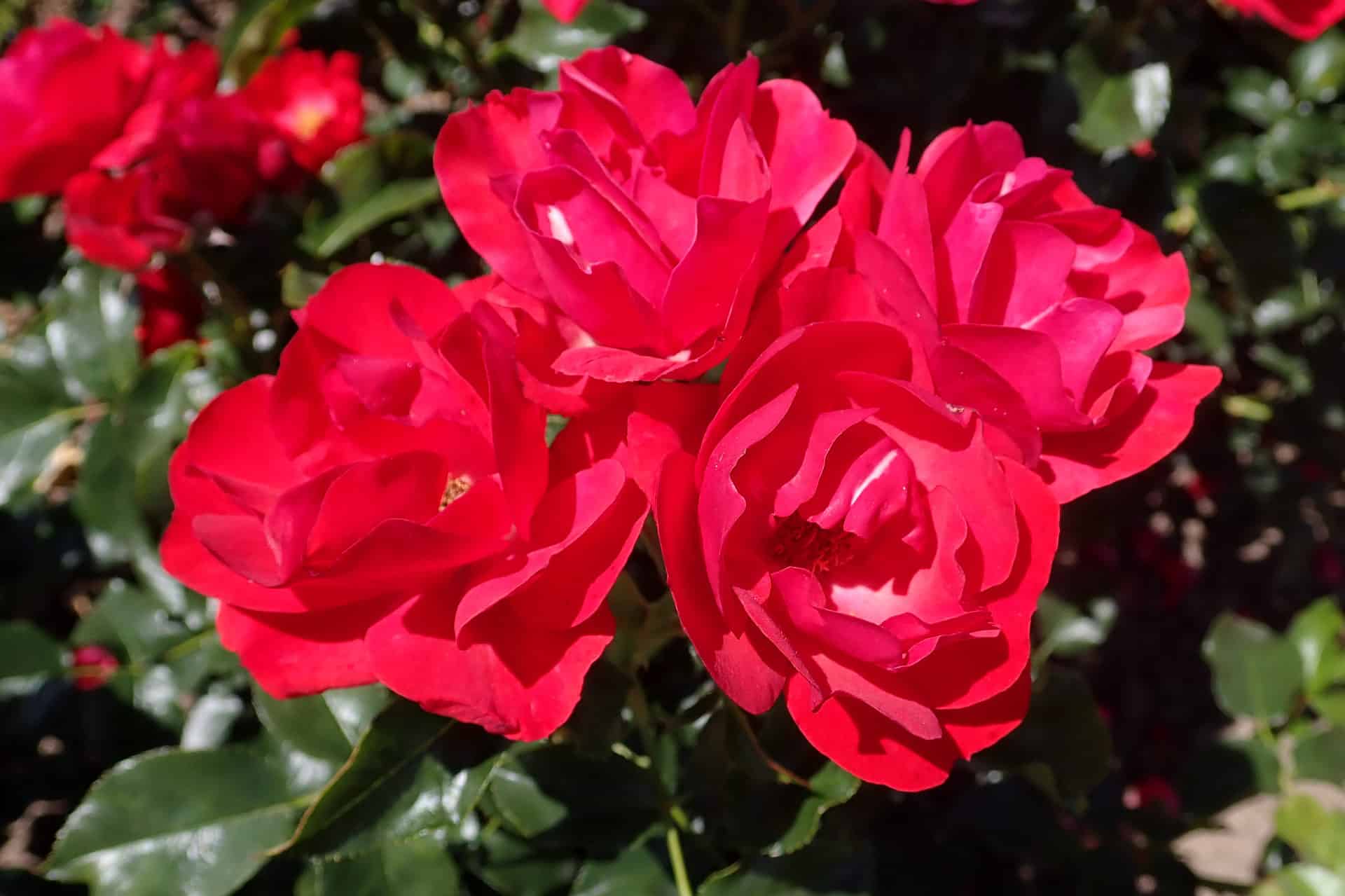
The majority of roses we know today are cultivations of scientists or horticulturalists. One such person was Will Radler, who loved roses. So at nine, he convinced his parents to buy him a rose plant.
Still, at the time, these outdoor plants were known as fussy and old-fashioned. Yet, Wild Radler did not give up and continued with his passion for roses. With his long-time dedication, he found a species that is hardy, disease-resistant, and long-lasting with red and pink petals named the Radrazz.
The best part is that Knock Out roses grow anywhere you would not dream of planting roses. Another striking thing is the Knock Out family needs no deadheading as it is self-cleaning, and the bloom cycle is all season long.
Still, many rose purists feel Knockouts do not deserve the name Rosa radrazz as they think the rose needs to be fussy. Furthermore, roses have long stems with breathtaking fragrant blossoms that Knock Out roses do not have.
But the fact remains that Knockouts still dominate most North American gardens, and you find them growing globally. Furthermore, you see them growing up to four feet tall and wide.
The Knock Outs are drought tolerant, and during the blooming season, these tough roses display different colors with beautiful white, red, and pink flowers. The majority of them have a yellow center.
Planting Knock Out Roses
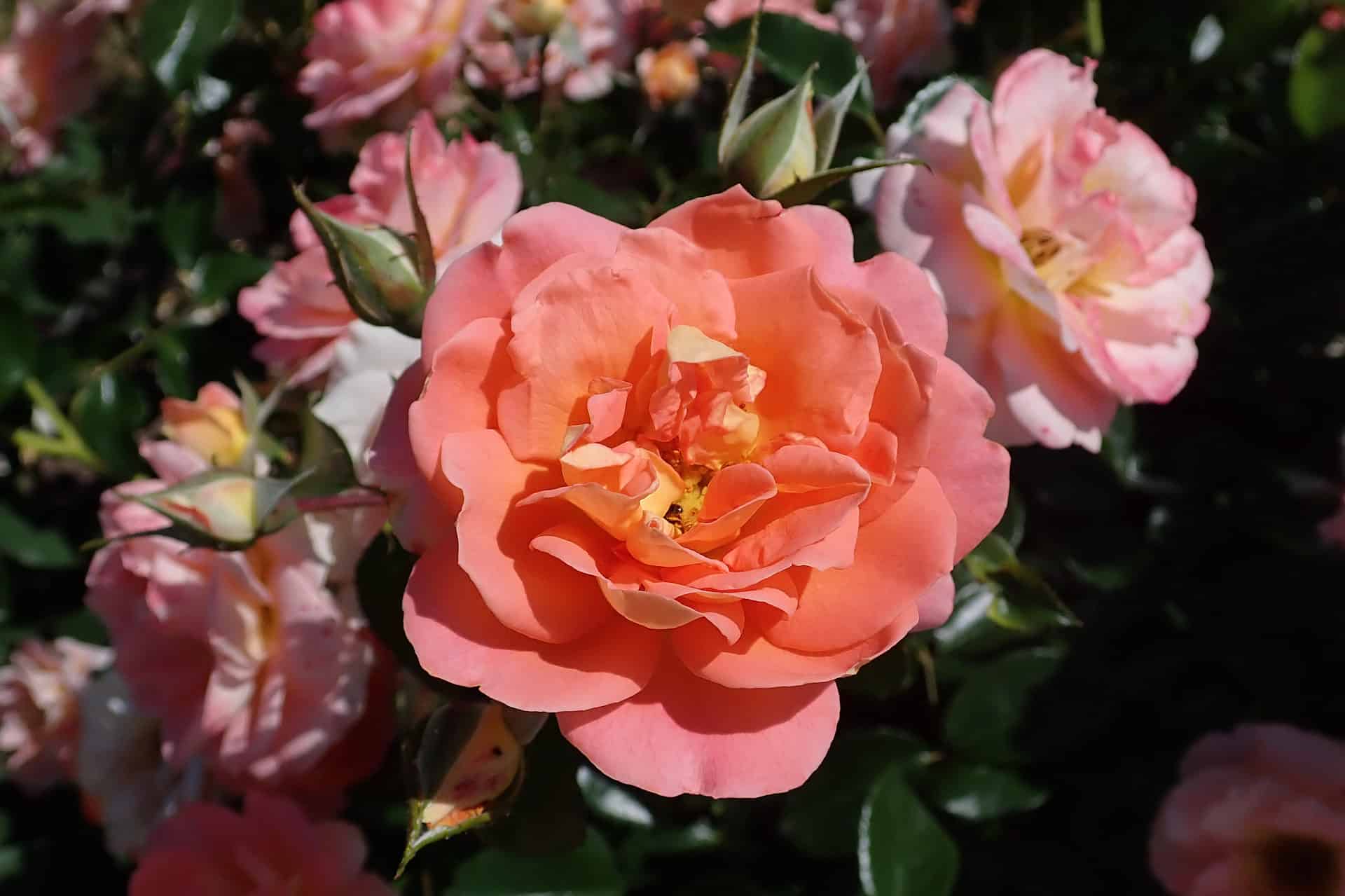
The best time to plant your new flowers is in the fall or early spring for bare root or container growing. You can plant these roses outdoors about anywhere to receive enough sunlight. So, get out your spade, dig a hole, and place your plant base level with your surrounding soil.
Then water at the base of the plant and add some mulch around your plant to control weeds and retain moisture.
Where to Use Knockout Rose Bush in Landscaping
The fantastic thing about growing Knock Out roses is that you can use them in the landscape in different ways. For example, you can grow them as a semiformal deciduous hedge or even to camouflage your discolored fence bottoms.
Alternatively, it provides a season-long color as perennial borders or beds, and with the smaller size, it works well in mass plantings and ground cover. You can use them as cut flowers and is perfect for growing in containers to frame your entryway or add color to a patio.
How to Grow And Care For Knockout Roses
Caring for the Knock Out family is not as complicated as with the other roses found. Still, we will not say they are low maintenance as they still have special requirements, as seen here.
The Best Soil For Knock-Out Roses

No matter where you choose to plant the Knockout Roses, in the garden or on a patio, it thrive in a neutral pH between 5.5 and 6.5. The important thing is to start with a well-prepared spot by rototilling the ground to plant at a depth of 12 inches.
You can work with organic matter to provide well-drained soil and nourishment. No matter what rose you plant, it needs loads of nitrogen and can be produced in early spring or fall. Also, keep the soil moist during the first few months to help your plant establish itself.
Even when growing in a pot, choose one that drains well and choose two sizes larger than the one you received it in.
Lighting Needs For Knock-Out Roses
For plant care with your new rose, it can tolerate different conditions but prefers full sun to partial shade. In addition, these hearty roses are drought-tolerant but are very sensitive to extreme heat.
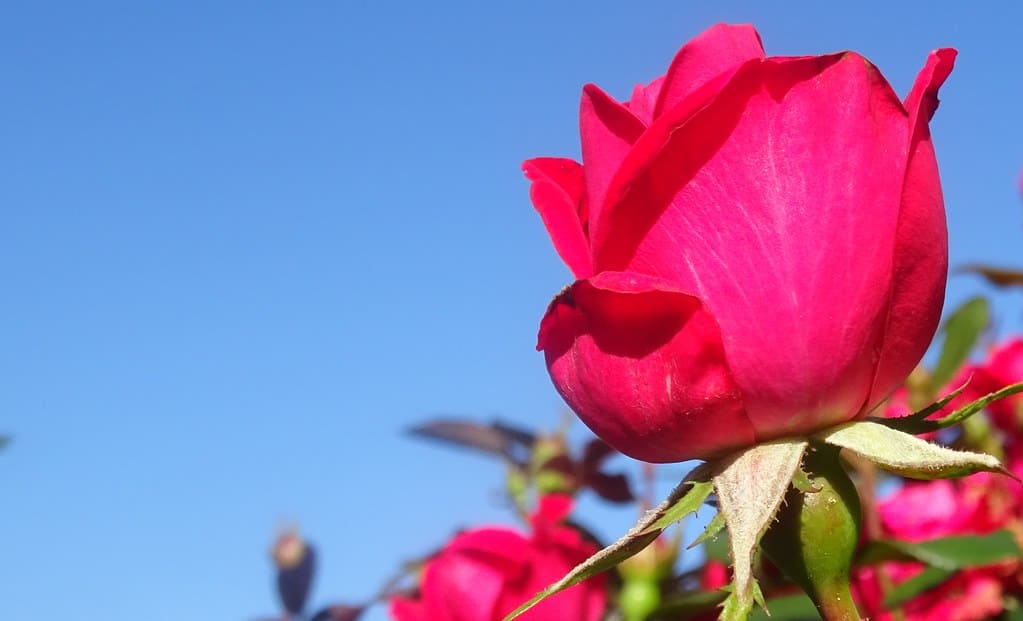
So, if you live in a high-temperature climate, it will do better in partial shade. The more sun it receives, the more prolonged the bloom cycle will be.
Still, the harsh sun can damage the foliage in your home garden. So, depending on your climate, choose a sunny spot for morning sun and shade in the afternoon.
Watering Your Hardy Rose
Only water your rose bushes when the soil is dry; how often you water will depend on how warm and humid it is. Also, keep an eye on the rain to determine if your beautiful flowers need watering.
Generally speaking, the soil needs to remain moist but not completely dried out, as with most plants indoors. Furthermore, it also depends on how much sun it gets. You can do deep watering at the roots to leave the foliage dry to prevent fungal growth.
Fertilizer For New Growth
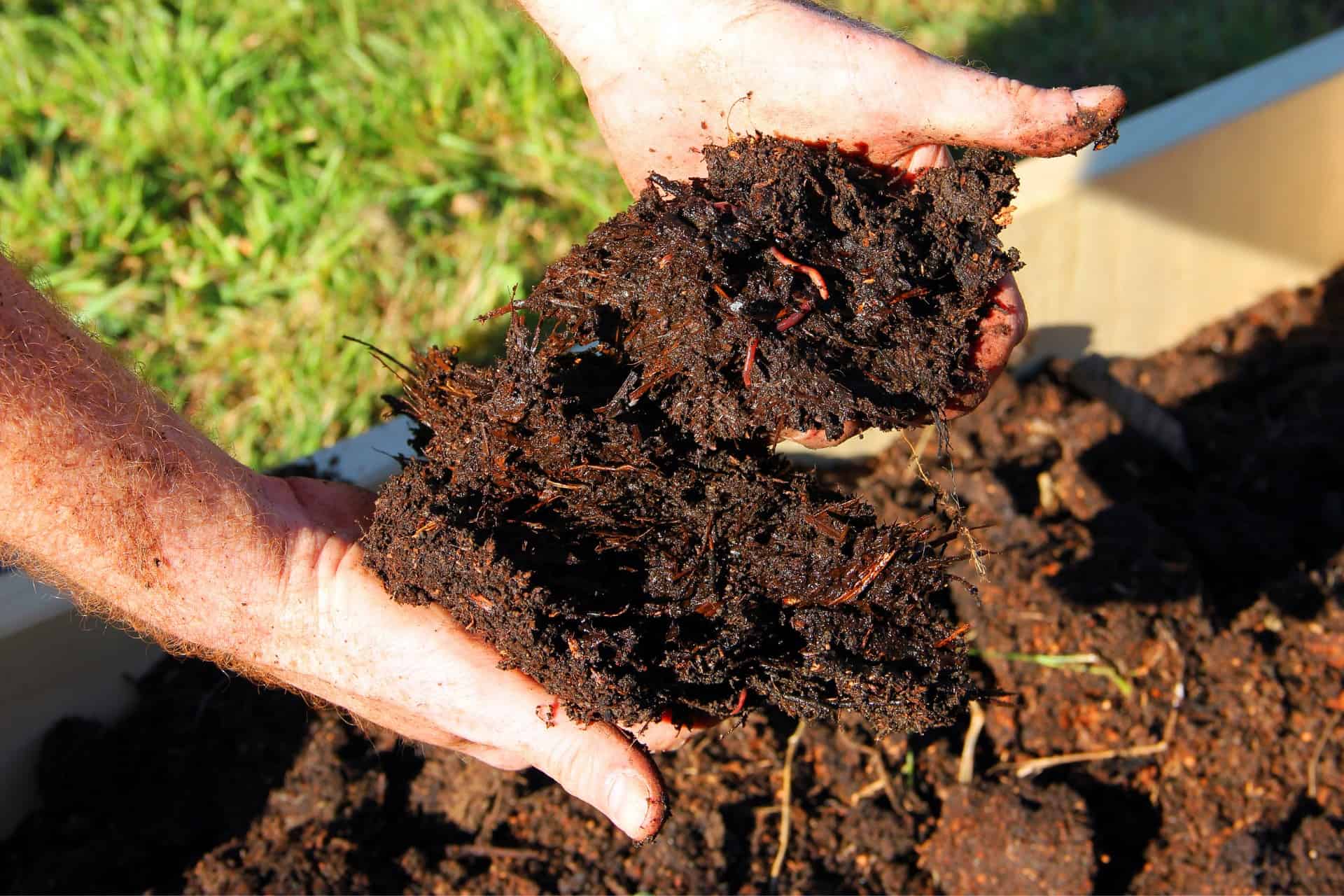
Knockout roses do not need much feeding, but you can provide fertilizer in spring when the growing season starts. Some great foliar feeds are Epsom salt rewarding you with gorgeous star roses. Or you can use organic matter using a fertilized blend made for them.
During early spring, you can give your Knock Outs a nitrogen-rich feed.
Temperature & Humidity
If you live in the USDA hardiness zones 9 to 11, your Knockout Roses are hardy but will need winter protection during winter in colder climates. It helps insulate your Knock Out Roses with blanketing or using straw around the base.
It helps your plants protect themselves from the first frost and also helps against the last frost. If grown in containers, you will need to wrap the pot if you cannot move them into a protected location.
Pruning Your Beautiful Plants
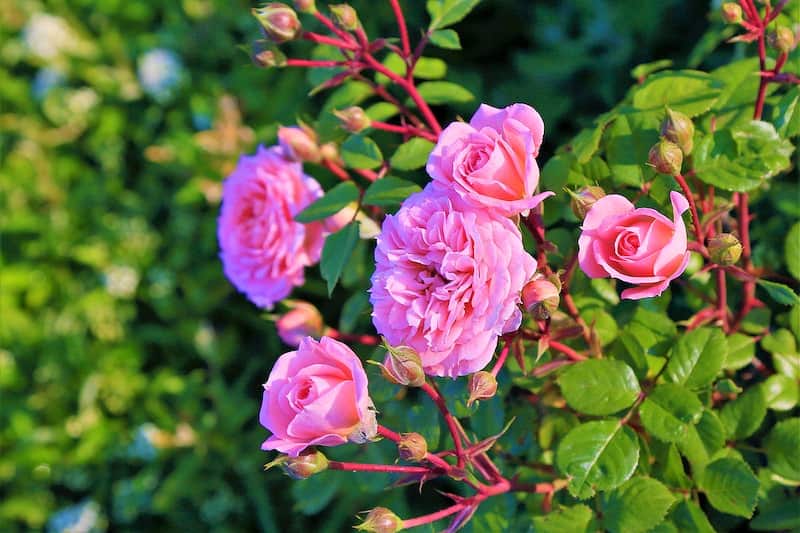
To enjoy the beautiful blooms, you need not deadhead your Knock Out Rose, but it will require some pruning. Removing the deadwood from broken branches is the best time to prune in late winter.
Also, open up the inner portion by removing interior branches and trimming healthy branches back about a third of the original length. Still, shape your rose bushes carefully by following the natural lines.
Even an aggressive prune after hard frost will allow new shoots to grow back fast.
-
Free Shipping$19.99Sold By: Trees Again Nursery
In stock
TreesAgain Lot of 10 Pussy Willow cuttings – 7 to 9 inches
Sold By: Trees Again Nursery -
$10.99Sold By: Succulent Oasis
Only 1 left in stock
Medium Succulent Plant – Aloe Aristata Haworthia
Rated 4.84 out of 5 based on 352 customer ratings09Sold By: Succulent Oasis -
$10.00Sold By: Stripes and Variegations
Only 1 left in stock
Paper spine cactus or Pinecone Cactus
Sold By: Stripes and Variegations -
$15.00Sold By: JLP farms TN
In stock
5 Red Toad Trillium bareroot
Only 25 available and it’s in 1 people’s basketRated 4.85 out of 5 based on 602 customer ratings00Sold By: JLP farms TN
Propagation of Rosa Radrazz or Rosa Radcor
Propagation is a great way to ensure you always have beautiful flowers present in the garden from your Knockout Rose. One way to do this is from cuttings. You can take a tip cutting in the area where the hip forms.
Cut a six-inch-long cut using a sterilized knife at a 45° angle. Do not let the cutting dry out; choose a spot where you can root your cutting. Choose a sunny location with shade and mix some composted pine bark and peat moss with the potting medium into the ground.
Keep the soil moist and well-drained, remove the lower leaves, and dip the cut end into rooting hormone before placing it in the ground or a container. You can set them eight inches apart and firm the soil down for a few cuttings.
If needed, protect your cuttings from cold and water when the ground starts to dry. Leave your roses for up to a year in one place before you transplant them.
Knockout Rose Varieties
As with most roses, this rose is available in a wide selection of varieties.
Drift rose
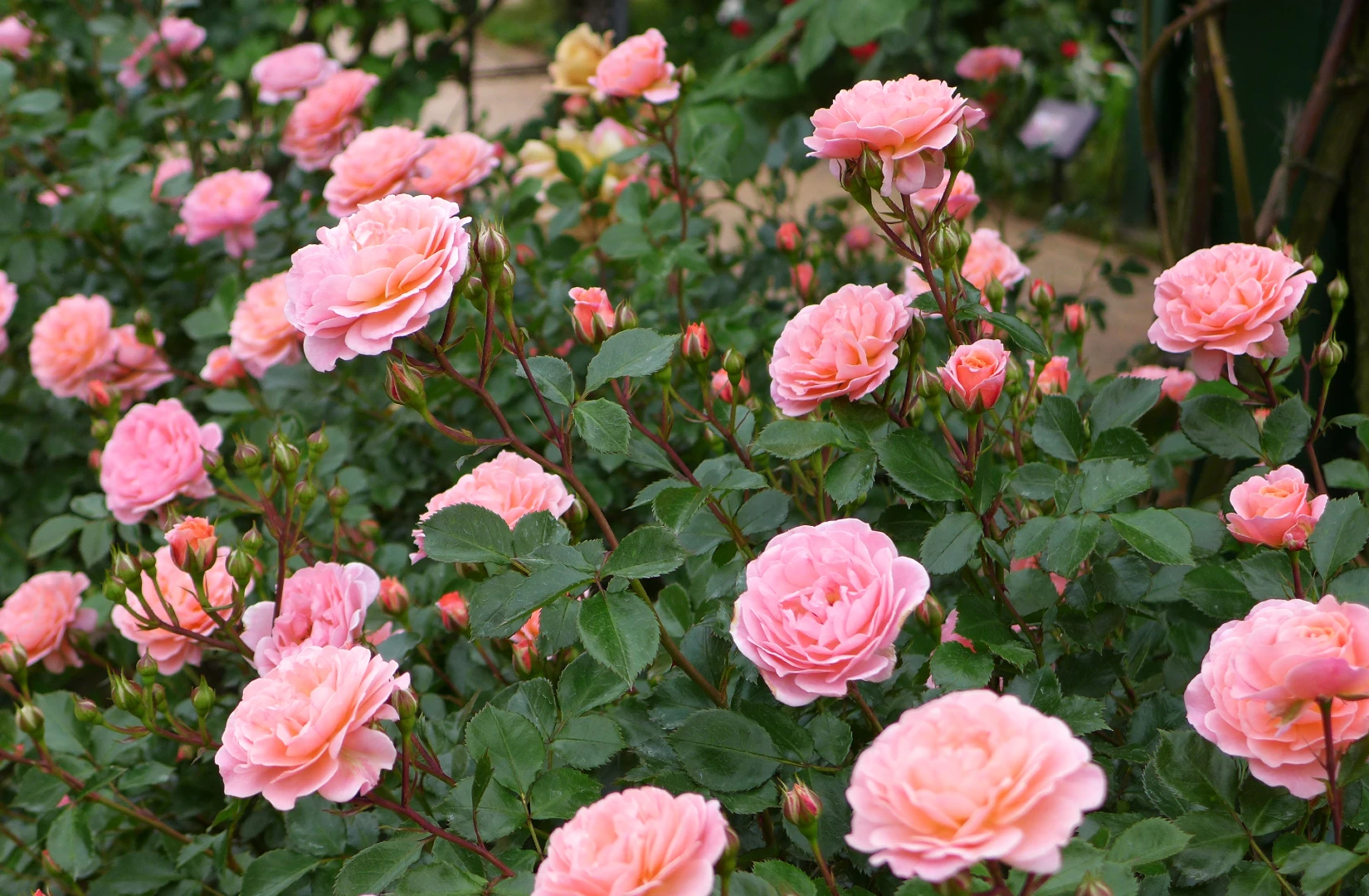
Drift roses are compact, low-maintenance flowering shrubs known for their prolific blooms and spreading growth habit. It’s disease-resistant and comes in various colors. These are pretty much the same with knockout roses only with larger blooms and a bushier growth pattern. Still, both are popular choices for easy-care gardens.
Rosa radrazz
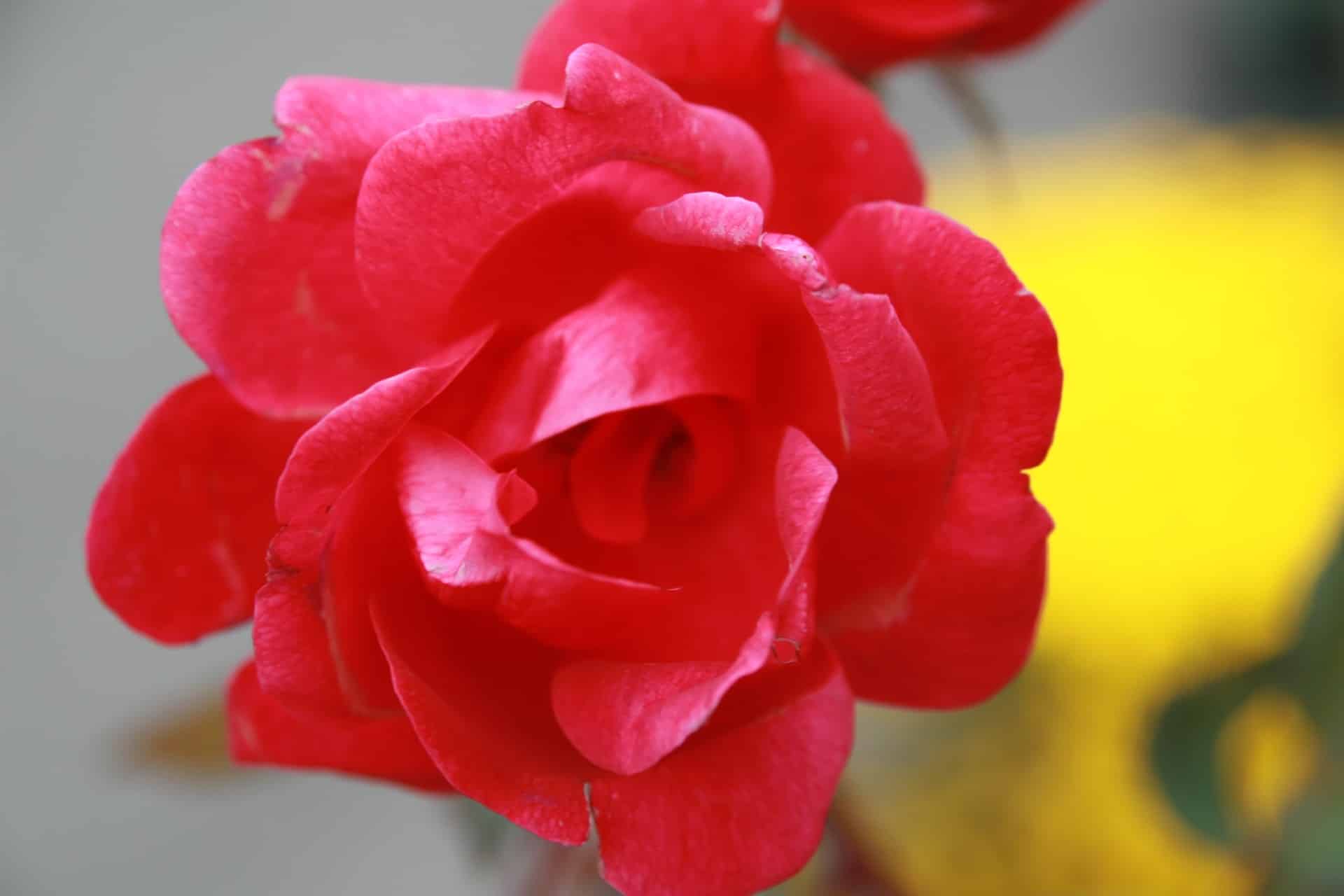
The Radrazz is the original Knock Out Rose with cherry red to hot pink blooms found on single blossoms. The plant grows up to four feet tall and is hardy in zone 5a.
Rosa radcon
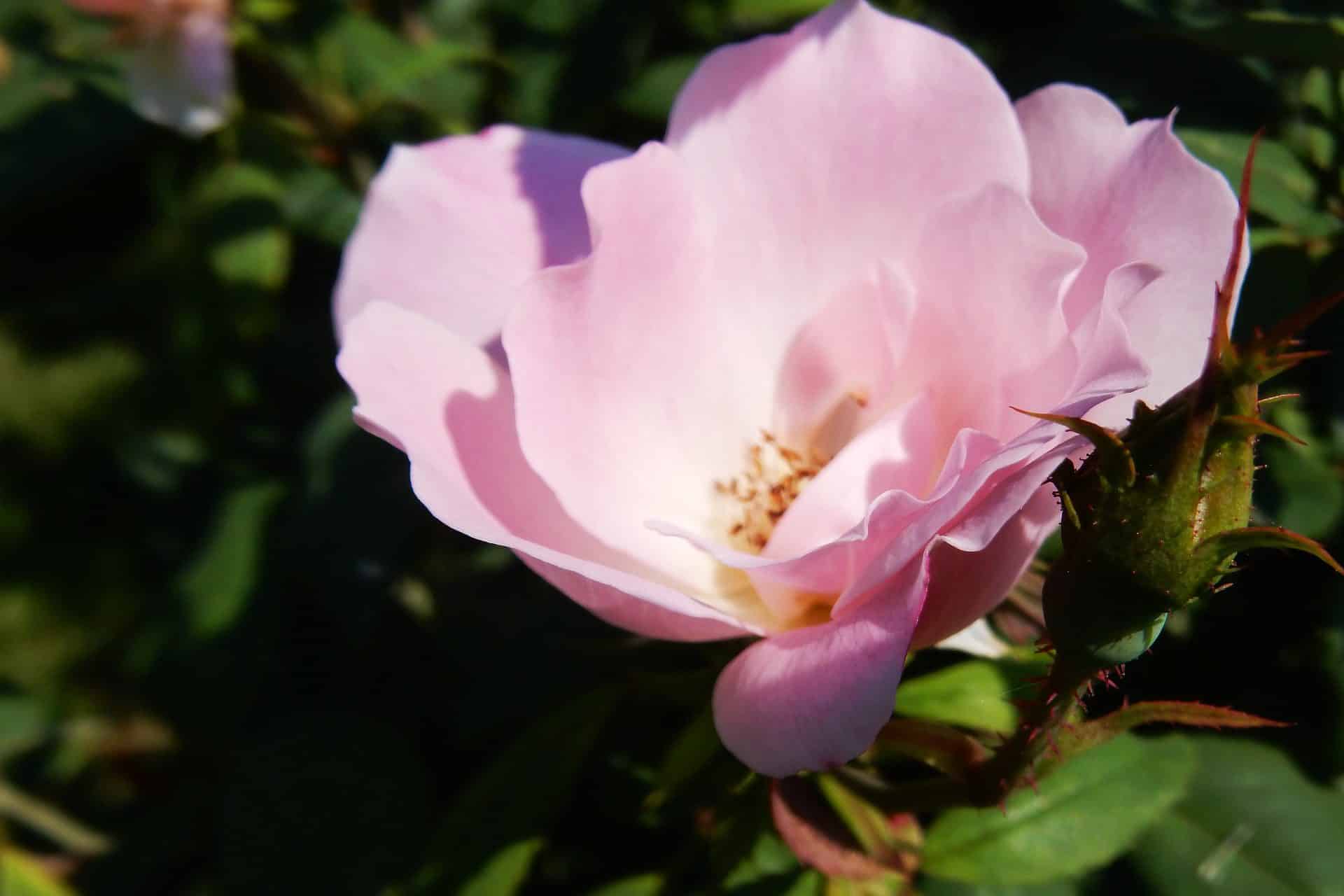
The Radcon is similar to Radrazz, but it has pink petals that are bright and bold.
Double Knock Out
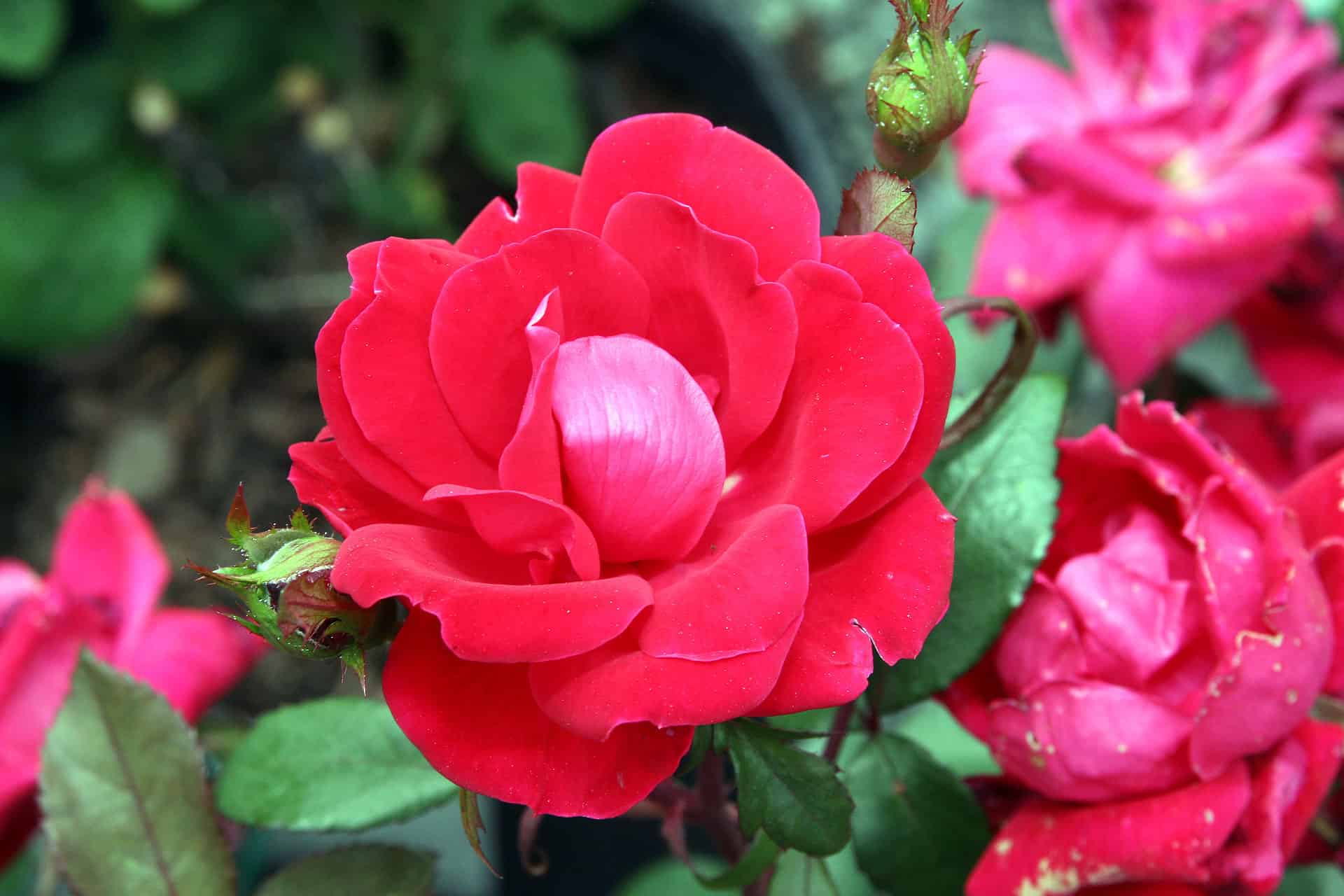
Yes, you can even find the Knockout Roses in a double knock bloom in red or pink with double flowers. These plants are more cold-hardy to grow down to zone 4b.
Rosa radcor
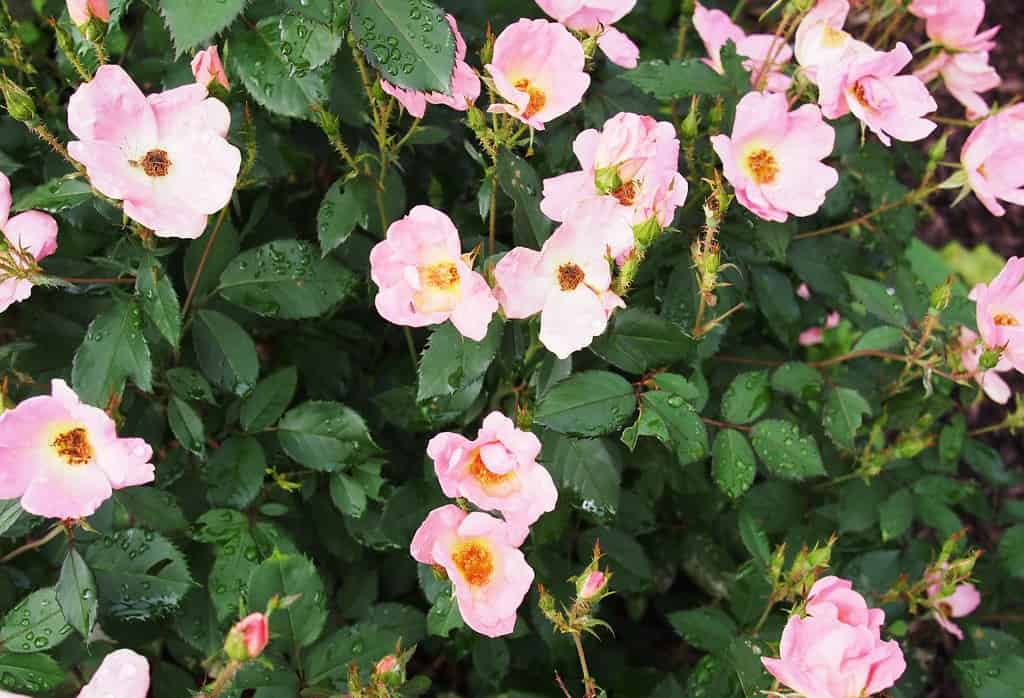
The Rainbow displays bright orange to pink flowers with a bright yellow center. The foliage starts bronze in spring, changing to dark green in summer.
Knockout Rose Common Diseases & Pests
While Knock Out Roses are disease-resistant, they can still be bothered by pests and bacterial infections. The only difference is that their disease resistance is higher than other rose bushes.
If your Knockout Roses have black spots, it can happen in humid areas. Your plant will drop some leaves, but it is not detrimental to your plant’s health. The best is to water at the plant base. You can remove the damaged foliage to give your roses more air circulation.
Another concern is powdery mildew in spring and fall. The fungal disease starts as a white coating on the buds, leaves, and stems. It happens with high humidity but can lessen as summer arrives.
Using horticultural oil will help prevent the spread of the sports, and trimming back the affected areas helps. You may also find voles eating your plant’s roots, and using an organic rodent repellent can help.
Another pest is Japanese beetles; you can pick them off with your hand by placing them in a bucket with warm soapy water. If you notice holes in the leaves and not beetles, it can be from the rose slug or sawfly and found on the underside of foliage.
To protect your plants against pests, use sprays formulated for roses or neem oil to insecticidal soap. The truth is no plant is pest-resistant, and you must keep an eye on them.
Frequently Asked Questions
As potted plants’ roots can quickly freeze during low temperatures, moving them into an excellent spot like the garage or an outdoor shed is best. Alternatively, it helps to wrap your Knock Outs with some wrap, especially around the container, to keep out the cold.
When cared for, your Knock Out Roses can live for decades under the right conditions.
With continuous grooming, your Knock Out Roses will keep blooming. While not needed to deadhead, it helps to remove the faded blooms to allow new flowers to take their place.
For robust Knockout Roses, ensure they bask in full sun, soaking up its warmth and radiance throughout the growing season. In late winter, when the garden slumbers, it’s time to prune, shaping these resilient beauties for the forthcoming bloom.
Continue the dance with full sun, fostering their vitality. Come late winter, feed them with care. This cycle of sunlight and late winter nurturing ensures that your Knockout Roses remain healthy and vibrant, a testament to nature’s enduring grace.
Knockout roses, with their resilient beauty, can occasionally fall prey to a few adversaries. Rose slugs, those pesky little critters, can chew away at their leaves, disrupting their charm. Vigilance is key, watch out for rose slugs, especially in early spring when these voracious invaders tend to strike.
Lack of proper care, like inadequate pruning or poor soil conditions, can also weaken Knockout Roses. So, while these roses are hardy, it’s essential to keep an eye out for these threats and provide the care they need to flourish especially during winter and early spring.
Absolutely! Coffee grounds can indeed benefit knockout roses. When used as a natural mulch, coffee grounds enrich the soil with nutrients and help retain moisture, creating a nurturing environment for your knockout roses.
These knock outs, known for their resilience, can thrive even more with the added boost from coffee grounds. So, don’t hesitate to sprinkle some around your Knockout Roses and watch them flourish with the extra dose of care and nutrients.
Indeed, Epsom salt can be a game-changer in your Knockout Roses care routine. These resilient knock out roses can benefit greatly from Epsom salt’s magnesium and sulfate, which promote vigorous growth and enhance their vibrant blooms.
Adding Epsom salt into your care regimen ensures your knock out roses receive the nurturing they deserve. So, sprinkle some Epsom salt around the base, and watch your knockout roses flourish with renewed vitality and intensity, showcasing nature’s finest artistry in your garden.
Whether you want to buy, sell or simply reach out to other plant enthusiasts, Plantly is the right place to be!
-
$15.99Sold By: BubbleBlooms
In stock
Red Emerald Ripple Peperomia, Emerald Ripple Pepper, Red Platinum, Ivy-leaf Peperomia, Green Ripple, Peperomia caperata Yunck, 4 inch
Only 3 available and it’s in 1 people’s basketRated 4.81 out of 5 based on 279 customer ratings02Sold By: BubbleBlooms -
$43.99Sold By: Succulent Oasis
In stock
Large Succulent Arrangement in a Red Heart Patterned Fabric Covered Planter. Beautiful, completely assembled dish garden.
Rated 4.84 out of 5 based on 352 customer ratings00Sold By: Succulent Oasis -
$11.00Sold By: Cacti and Exotica
In stock
Aloe ciliaris—climbing Aloe
Only 8 available and it’s in 1 people’s basketRated 4.98 out of 5 based on 59 customer ratings00Sold By: Cacti and Exotica -
$10.00Sold By: Stripes and Variegations
In stock
Philodendron Selloum – Sun Red Philodendron 4″ Pot
Sold By: Stripes and Variegations



